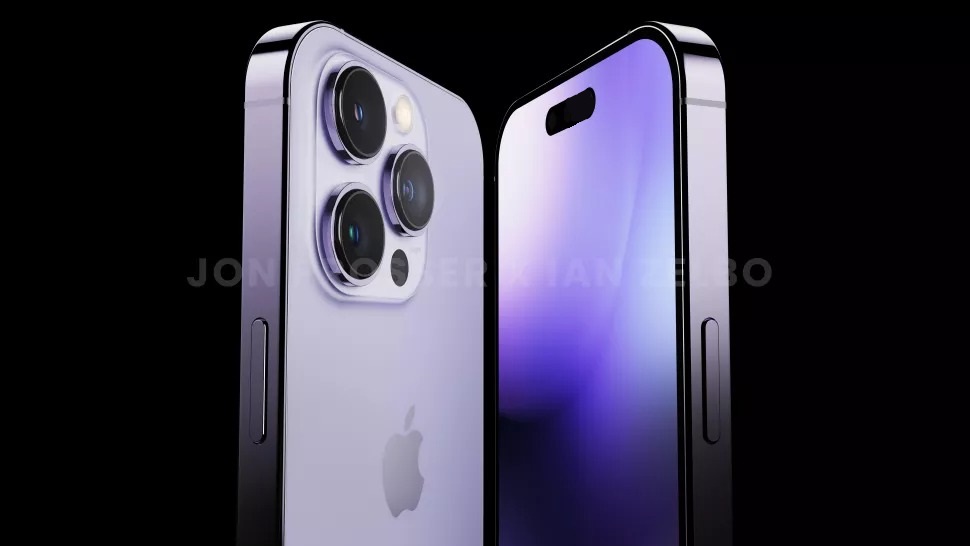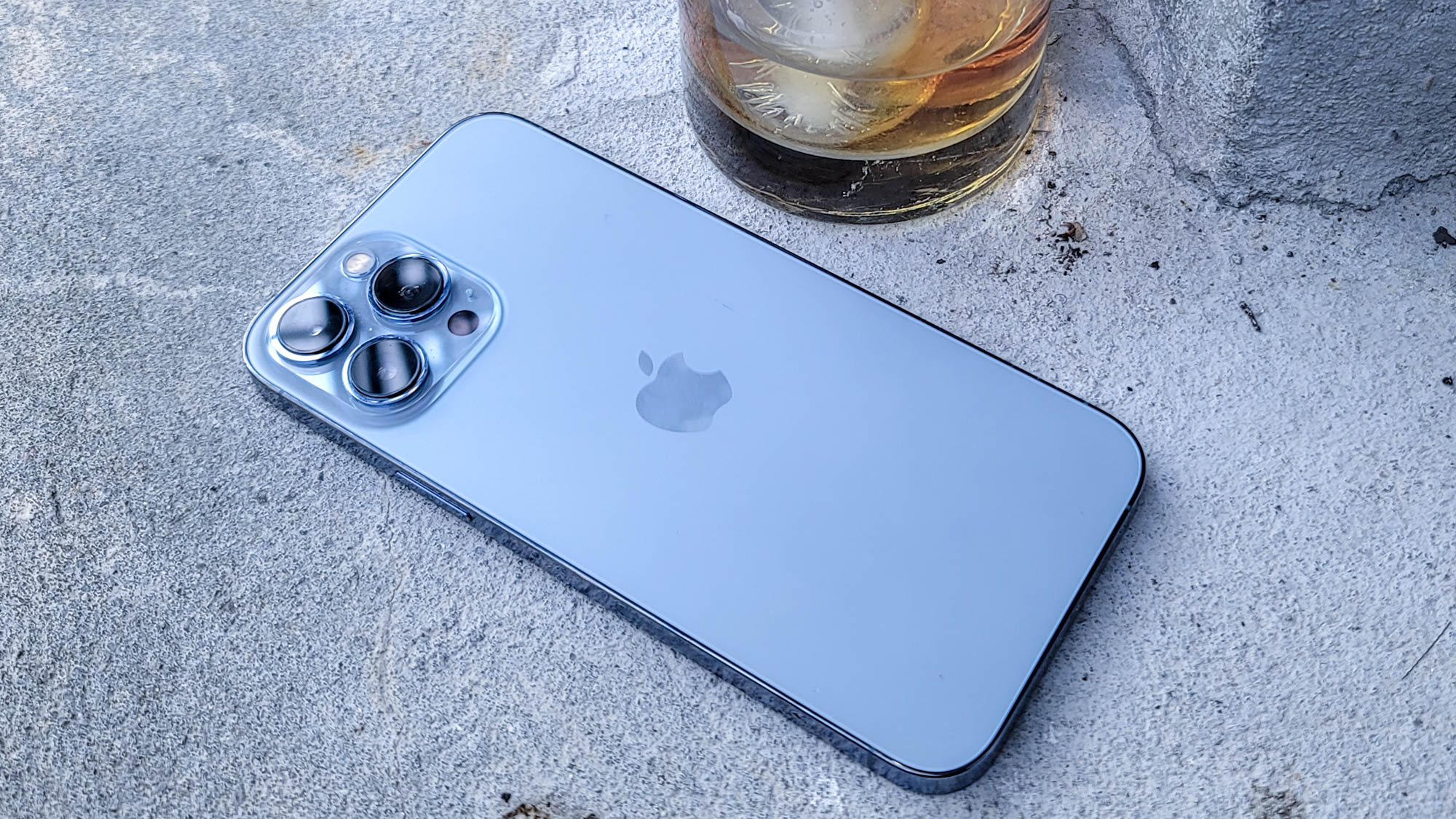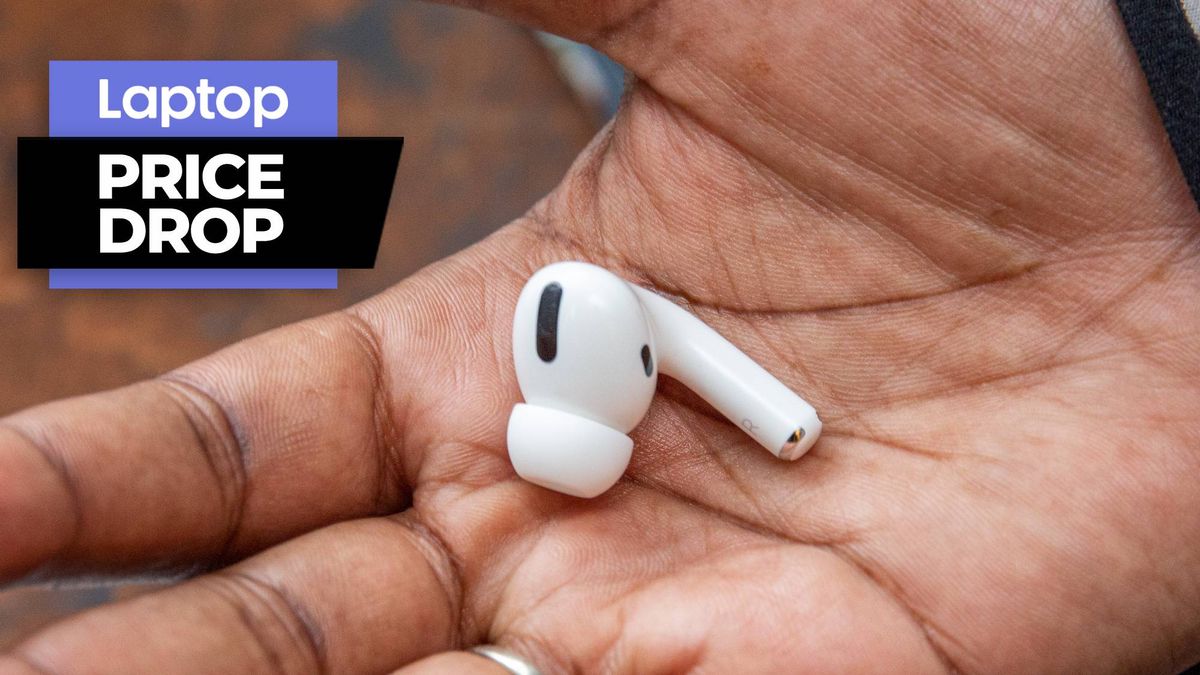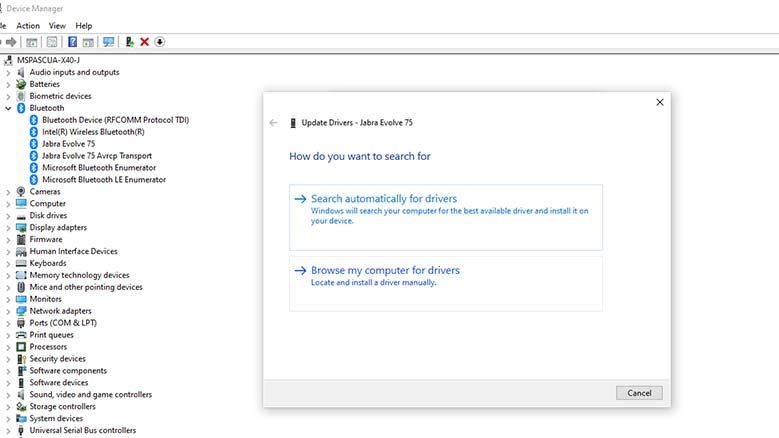The iPhone 14 is due to arrive at Apple’s September 7 event next week and while there are considerable rumors regarding the Cupertino colossus’ next flagships, iPhone 14 pricing is one of the biggest rumored changes.
For months now there have been indications from a variety of sources that the average price would be going up for the iPhone 14, but exactly how Apple would get there remained unclear. The most popular notion was that the iPhone 14 Pro and iPhone 14 Pro Max would get a $100 price hike, but what would that mean for the standard iPhone 14 models? With the almost universal agreement that the iPhone mini is dead with a new larger iPhone 14 Plus/iPhone 14 Max taking its place, maybe that would just work itself out as an iPhone 14 Plus would likely slot in $100 above the standard iPhone 14.
However, more recently we’ve seen reports that the standard iPhone 14 could drop to $749, which would put the iPhone 14 Plus at $849.
While we will find out exactly how much the iPhone 14 costs on September 7, I wanted to take a quick dive into it based on these projections. Because any price increase is going to garner a negative reaction and this has the potential to be a serious misstep for Apple when considering the potentially looming economic crisis. However, as I said when I first brought this topic up with the Laptop Mag team, betting against Apple in the last decade-plus has been like betting against Tom Brady, it’s not likely to pan out for you.
Just a little bit of history repeating
When the iPhone X launched in 2017, there was a flurry of coverage surrounding its eye-popping $999 price point, with the iPhone 8 ($699) and 8 Plus ($799) maintaining the old price range.
In 2018, the $1,000 genie was out of the bottle already and Apple’s top-end phones took up their now familiar positions with the iPhone XS at $999 and the iPhone XS Plus at $1,099. The iPhone XR was the low phone on the totem pole that year at $749. This is the year we need to look at as the model for the iPhone 14 pricing change.
With Apple pushing its true flagships to new pricing heights, it split the difference between the lower models and settled at $749. That actually felt reasonably fair with the iPhone XR as it featured a larger display than either of its predecessors (and the iPhone XS for that matter), shared an identical A12 Bionic processor with the iPhone XS models, and the same wide-angle camera as the XS models.

This is where things may look quite a bit different with this year’s split. While we potentially have that same more affordable standard model with a $749 iPhone 14, we have an even wider price divide of $350 more for the iPhone 14 Pro, and the list of features you might be giving up versus the Pro is massive. Just hitting some of the highlights you have the A16 Bionic SoC, an always-on display, a new ultra-wide camera, a new wide-angle camera, the 120Hz ProMotion display, the new notch-killing capsule front-facing camera, and potentially satellite connectivity.
Even if some of those rumors prove false, the clear picture we are getting is that the iPhone 14 and iPhone 14 Plus are more iPhone 13 Gen 2 than iPhone 14. Viewed in that light is a $50 price drop from the current models that compelling? Perhaps for the iPhone 14 Plus as there is no equivalent iPhone 13 model, but if these rumors prove all or mostly true I would certainly keep an eye out for the iPhone 13 Pro Max to grace our best phone deals page to see if you can get one for under $999 after the iPhone 14 launch.

Due to circumstances beyond our control
My initial reaction to the iPhone 14 Pro price hike rumor was strongly negative, but I’ve come around a bit with each successive feature leak. Now my opinion will trend back in the other direction if we see Apple fail to deliver on many of those upgrades, but I’m going to let that go for now. Particularly combined with the ongoing supply chain difficulties, there are no doubt increased component costs for Apple beyond just the added expense of some of those new features.
However, I don’t know that the average consumer is going to view it that way or care. The potential buzzsaw for Apple with this price increase is the persistent drumbeat of an economic downturn hitting over the next several months. Apple (and Apple’s investors) want the average selling price of an iPhone to go ever upward. This lineup certainly seems to set up nicely for that with a higher baseline for the Pro models that again potentially put the standard models to shame this year, no lower-cost iPhone mini (even if it wasn’t selling that well), and a new higher cost standard model in the iPhone 14 Plus.
How does this blow up in Apple’s face? Well if the economic downturn does hit, Apple has left itself with a pretty weak mid-range, an area that has become increasingly stronger for Android over the last couple of years. While there are many in the iPhone vs. Android trenches that would never switch, it’s increasingly easy to do so and the siren song of features that come considerably closer to the iPhone 14 Pro for $800 or less on the Android side may seduce some into making the move.
The iPhone SE (2022) would be the potential savior, but despite its powerful processor, the phone’s decade-old design and single camera setup are just woefully behind the times compared to outstanding affordable phones like the Pixel 6a.

Outlook
As I said at the outset, I learned my lesson long ago, betting that Apple is going to come up short is a losing proposition nine times out of ten. However, every once in a while you do get the iPod HiFi, iTunes Ping, or a random U2 album showing up on your phone, so the company isn’t infallible.
A lot of what can go wrong with the iPhone 14 pricing is out of Apple’s hands with economic conditions just not aligning well for people to spend extra money on a phone this year. However, with so many trade-in deals, monthly payment plans and Apple’s own iPhone Upgrade Program, maybe the price hike just goes largely unnoticed as people’s monthly bills slowly escalate. It’s a wonder we might be on the edge of an economic crisis.








